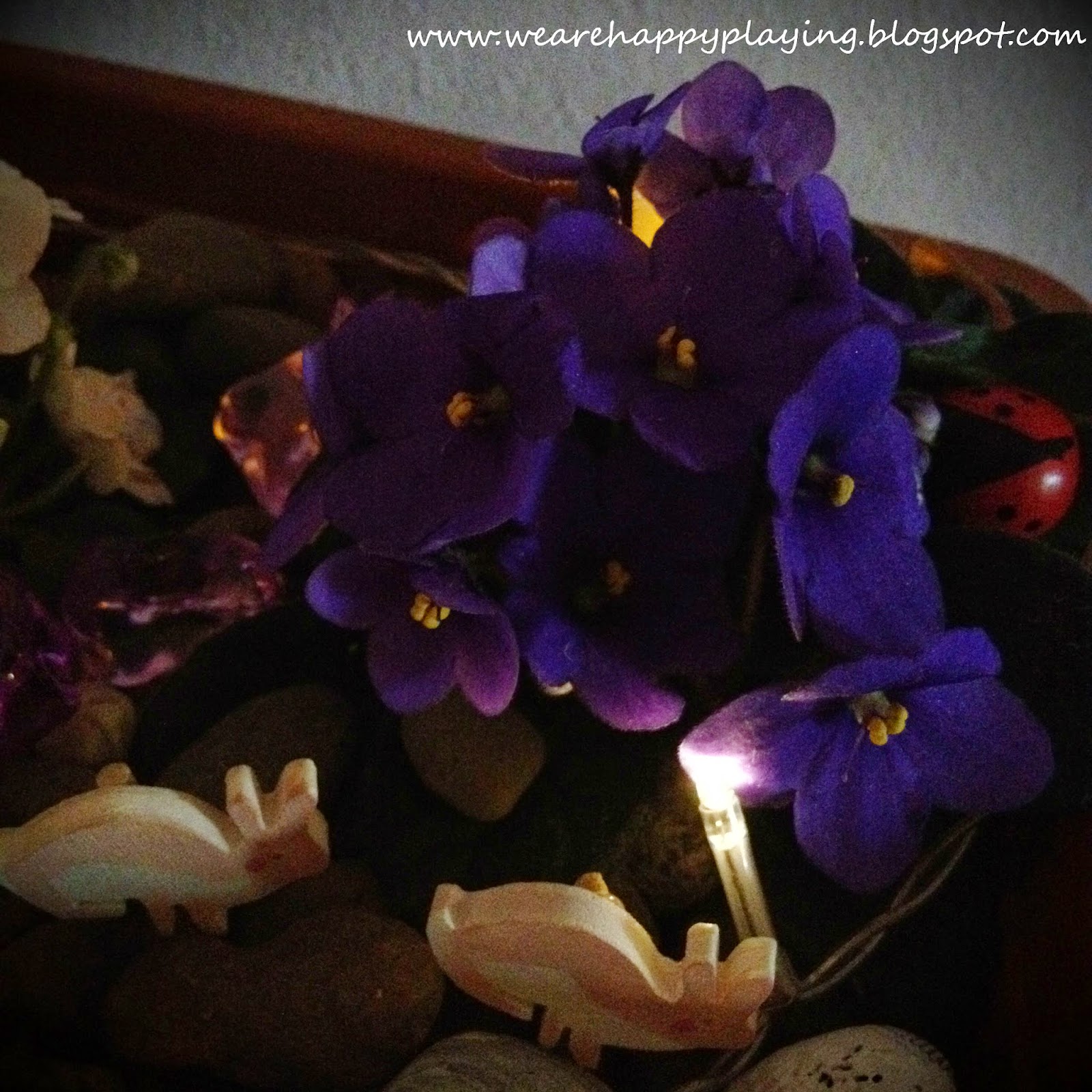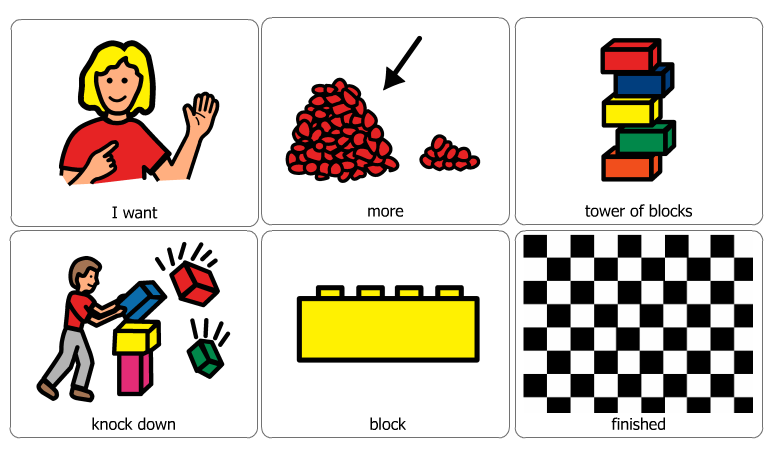Desperate for more 'fairy stuff' for my daughter's fairy themed reading corner I scrounged around the house the other day looking for odds and ends from which I could make a fairy house. I also went online and searched YouTube for some inspiration. What I found was a great fairy house tutorial which used a lot of fancy scrap booking tools and materials (which I don't have and will not fork out the money for) but the best part of the tutorial was that it used some paper mache to give the house texture. And this is the part that gave me an idea!
What if I took the few toilet rolls, some corrugated paper, badminton shuttle cocks and tissue paper I found around the house and used paper mache to bring it all together into a neat little fairy house? Well needless to say the idea worked! And for all of you out there who are also crazy for fairy stuff the following is the tutorial for how to make one of these little guys. Enjoy.
What you will need
- Toilet paper roll
- corrugated paper
- tissue paper
- plastic shuttlecock (not the ones with feathers)
- Poster paints
- Primer or white undercoat paint
- Paint brushes of varying sizes
- PVA craft glue
- Wall paper glue mix or just diluted PVA craft glue for paper mache
- Scissors
- Yarn scraps
- Optional hot glue gun
- Varnish
First, cut a piece of corrugated paper that fits around your toilet roll. You can make it exactly to the height of your roll or leave it longer like I did for a taller house. Once you have done that, using PVA craft glue, glue the corrugated paper to the toilet roll.
To add features like windows and doors, cut a few pieces of yarn and using PVA again, glue the string to the house to form the outline of the windows and door. You can make them whatever shape you want. As you can see, I have gone for porthole like windows and an arch door. At this point let the glue dry.
Next cut up your tissue paper into smallish pieces and get some wall paper glue mix, like I have, or some diluted PVA glue ready. Wet the pieces of paper with glue and using a brush press the pieces over the yarn so that it gets into the grooves. Cover the whole house with tissue paper in this manner leaving your features to still stand out.
Sorry for the horrid photo below, I only had green tissue paper and the colour has run. But trust me it's tissue paper not paint!See how I use the brush to push the tissue paper into the grooves?
Once you have done that give it a good 2 coats of undercoat or primer. I used old wall paint primer. The photo here shows you where I used the hot glue gun to put in some finer details around the door and the crosses in the windows. This is optional and you can just paint the features in later if you don't have a hot glue gun.
Get your shuttle cock now and paper mache about 3 to 4 layers of paper over the whole thing until you feel it is thick and stable enough. Once finished let it dry a bit and then coat it with 2 coats of primer.
Once the whole thing is dry, glue both pieces together like so, using PVA or the hot glue gun. The roof should fit snug over the main house.
Once the primer is dry it is ready to paint. First decide on your main colours and paint the different sections using the base colour.. Once you have done that, start adding some darker and lighter versions of the same colour to create shadows and depth. Using black and a thin brush outline features like windows and the door and I like to paint the bottom of the roof too with black strokes to give it some form. Use some while to highlight the texture of the corrugated cardboard and to add white spots to the roof. Using several shades of green dab paint with a small brush to give the effect of greenery or moss.
Once the the whole thing is painted and you are happy with it, let it dry. Once dry, give it a coat of clear varnish for protection and to make the colours really pop and shine.
Again let the whole thing dry really well and when it has it is FINISHED, ready to bring magic and enchantment into your home. I do not recommend this little fairy house for outdoors. If you are putting it in an indoor fairy garden I would be careful not to get the bottom dirty with dirt as it might rot the paper. Otherwise it should be fine on gravel and sand that is not wet. But then again if you are very careful to paint under the bottom with two coats of varnish I guess a little dirt and moisture won't hurt it.
Anyhow I hope this tutorial has been helpful , easy to follow and inspiring. Please leave a comment and let me know if you end up making one or many. I would love to know how you go.
Happy fairy house making and happy playing.

























































